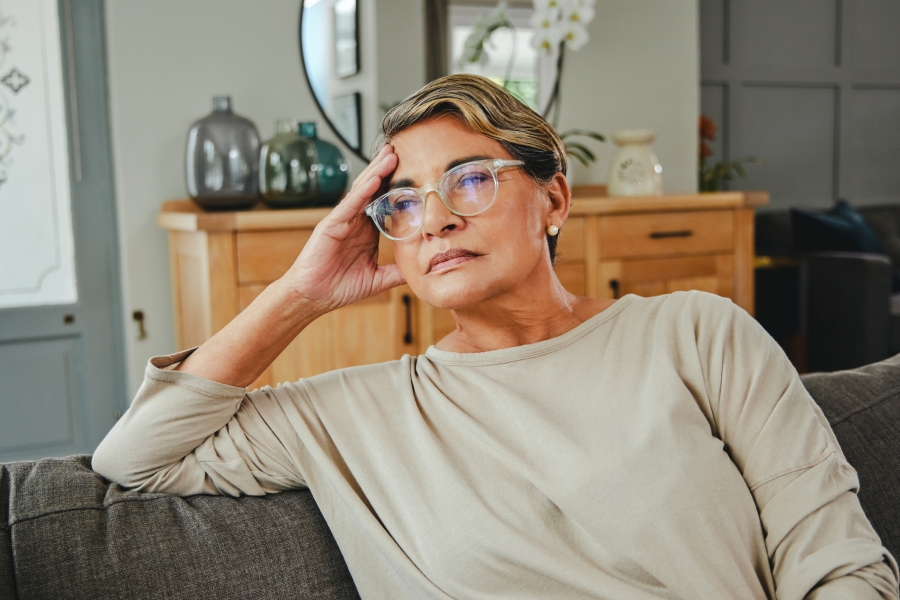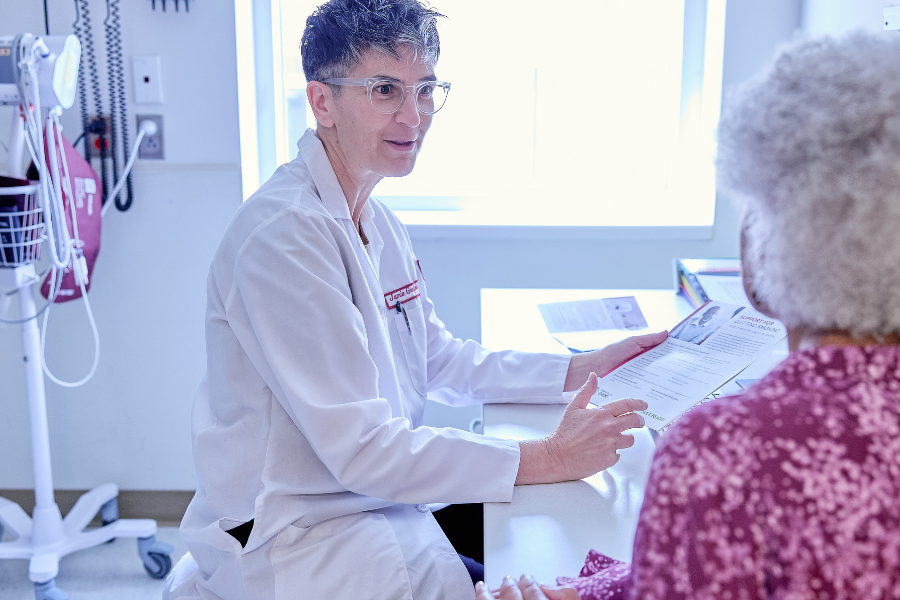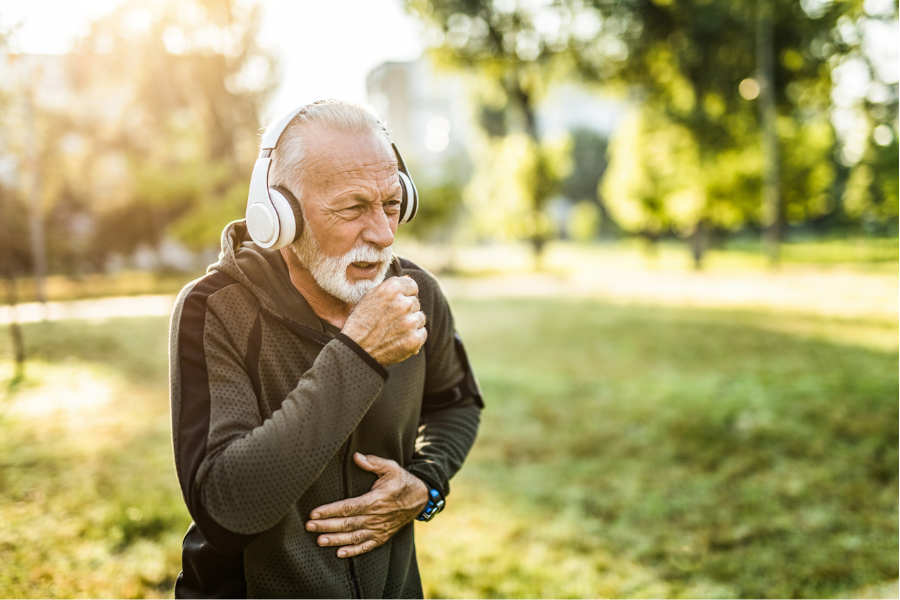"I can’t sleep with this thing on!"
If you use continuous positive airway pressure therapy (CPAP) to treat obstructive sleep apnea, you can probably relate to this common complaint. You’re not alone. More than 18 million American adults have obstructive sleep apnea — the most common type of sleep apnea. While it’s more likely to occur in men over the age of 40, it doesn’t discriminate in sex or age.
If left untreated, sleep apnea can cause serious health issues, including chronic fatigue, high blood pressure, cardiac arrhythmia, heart attack, congestive heart failure, stroke, depression, and more. Fortunately, CPAP can successfully treat sleep apnea. Yet, despite its effectiveness, the CPAP device, with its cumbersome mask, headgear, and attached tube, can be a source of frustration for many sufferers.
On the heels of this year’s National Sleep Awareness Week theme, “Begin with Sleep,” which stresses the importance of sleep health for optimum well-being, I’d like to highlight 7 common CPAP patient complaints and offer some solutions.
1. Uncomfortable mask
It’s important to make sure you have a properly fitting mask. A mask should not cause pain or discomfort. There’s a range of different styles and sizes to choose from, each depending upon your needs. For example, one style covers your nose and mouth, making the mask more stable if you move around a lot in your sleep. Another style goes over your nose, covering less of your face, which can feel less cumbersome.
We have a special CPAP Clinic for our patients at Temple where we help them choose the right mask and show them how to do proper adjustments for the best fit.
2. Leaky mask
A leaky mask is an ill-fitting mask, and that means you’re not getting the benefits of the full air pressure you need. Try adjusting the pads and straps to get a better fit. If the mask fits over your nose, make sure it isn’t sitting too high on the bridge of your nose — this can cause air to be directed into your eyes.
If these tips don’t help, you may need a different size mask, especially if you lost or gained a lot of weight.
3. Too much air pressure
Using a “ramp” feature, which allows you to start your nightly CPAP treatment at a lower pressure, can help overcome the feeling that the air pressure is too high. This feature automatically and gradually increases air pressure to your prescribed setting while you sleep, and can be adjusted by your doctor.
4. Dry/stuffy nose
Make sure your mask fits well, because a leaky mask can cause a dry nose. Using nasal saline spray at bedtime helps keep your nostrils hydrated. You can also adjust the humidification on your CPAP and use a heated humidifier and tubing to help prevent dryness of the nose and mouth.
5. Feeling claustrophobic
Gradual exposure to your mask can help you get used to it. Try wearing your mask while you’re awake for longer periods until you feel more comfortable. You can also try a different mask, such as one with nasal pillows, which fits under your nose and covers less of your face. Relaxation exercises can also help. Claustrophobia typically resolves over time if you try to adjust to the mask gradually.
6. Facial skin irritation/pressure sores
If you develop skin irritation or pressure sores from using your CPAP, you may need to change your mask size or style, such as one with nasal pillows. For an added layer of protection, there are CPAP mask liners that cover the mask’s cushion and protect the skin.
7. Trouble falling asleep
Just like with feelings of claustrophobia, wearing the mask during the day will help you get used to the mask and machine. The ramp feature may also help, since the pressure will be lower and more comfortable at the beginning of the night as you begin to fall asleep. Practicing good sleep habits, or sleep hygiene, will also help with your overall health and quality of life.
It’s important to remember that treatment with a CPAP device is crucial for avoiding the detrimental effects of sleep apnea. So don’t give up. Have patience and be sure to visit a sleep specialist to address any problems and make proper adjustments.


